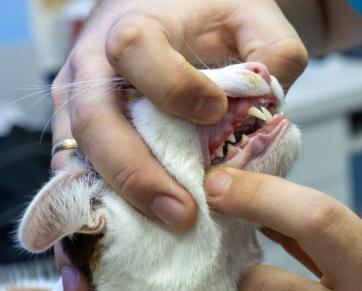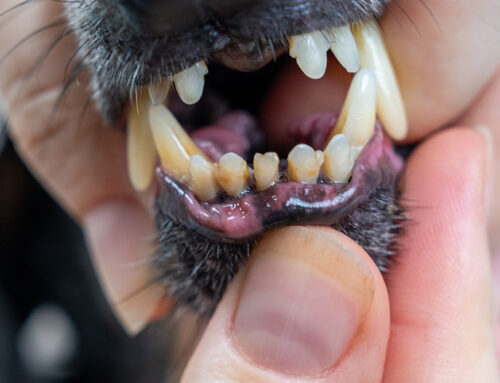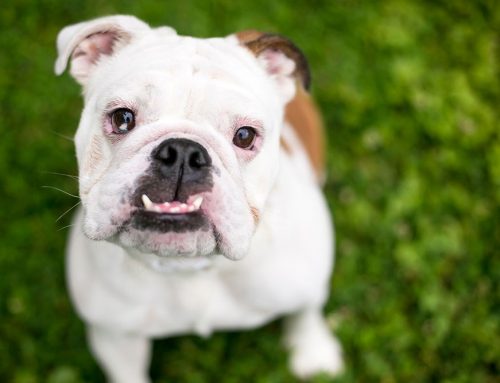Feline Juvenile Periodontitis is a severe dental condition that affects young cats, often within their first few years of life. Unlike typical periodontal disease, which primarily affects older cats, this condition develops rapidly and can cause significant pain and tooth loss if not treated promptly. Both pet owners and veterinarians must be aware of the signs and treatment options for feline juvenile periodontitis to ensure early intervention and effective management.
What is Feline Juvenile Periodontitis?
Feline Juvenile Periodontitis is an aggressive form of periodontal disease that affects young cats, typically between 6 months and 3 years of age. The condition is characterized by early onset gingivitis (inflammation of the gums) and rapid destruction of the periodontal tissues, including the gums, periodontal ligament, and alveolar bone, which support the teeth. This disease can quickly lead to severe oral pain, tooth mobility, and eventual tooth loss.
Causes and Risk Factors
While the exact cause of feline juvenile periodontitis remains unclear, several contributing factors have been identified:
- Genetic Predisposition: Certain breeds, such as Siamese, Maine Coons, and Abyssinians, appear to be more susceptible to developing juvenile periodontitis.
- Immune System Dysfunction: Some cats may have an abnormal immune response to oral bacteria, leading to excessive inflammation and tissue destruction.
- Bacterial Plaque: The accumulation of bacterial plaque on the teeth is a major factor in the development of periodontal disease. In juvenile periodontitis, the body’s response to this plaque is exaggerated, leading to rapid progression of the disease.
Signs and Symptoms of Feline Juvenile Periodontitis
Early detection of feline juvenile periodontitis is crucial for effective management. Key signs to watch for include:
- Inflamed or Bleeding Gums: Gingivitis, or inflammation of the gums, is often the earliest and most noticeable sign. Gums may appear red, swollen, and bleed easily.
- Bad Breath: Persistent halitosis is a common indicator of oral disease.
- Tooth Mobility: As the disease progresses, teeth may become loose or wobbly.
- Pain While Eating: Affected cats may show signs of discomfort when chewing or may avoid eating hard foods altogether.
- Drooling and Pawing at the Mouth: Cats experiencing oral pain often drool excessively or paw at their face.
Diagnosis of Feline Juvenile Periodontitis
Diagnosing feline juvenile periodontitis requires a combination of a comprehensive oral examination and digital diagnostic imaging. During the examination, your veterinarian will look for signs of gingivitis, gum recession, and tooth mobility. Dental radiographs are essential to assess the extent of bone loss and other underlying conditions that are not visible to the naked eye.
Treatment Options for Feline Juvenile Periodontitis
The management of feline juvenile periodontitis focuses on controlling inflammation, minimizing further tissue destruction, and maintaining oral comfort. Treatment options include:
- Professional Dental Cleaning: Under general anesthesia, a thorough cleaning is performed to remove plaque and tartar from both above and below the gum line.
- Subgingival Curettage and Root Planing: This procedure removes plaque and calculus from the root surfaces to promote gum reattachment.
- Antibiotic Therapy: Systemic antibiotics may be prescribed to control bacterial infection and reduce inflammation.
- Extraction of Severely Affected Teeth: In cases where teeth are significantly mobile or the bone loss is severe, one or more tooth extractions may be necessary to alleviate pain and prevent further infection.
Post-Treatment Care and Prevention
Post-treatment care is essential to managing feline juvenile periodontitis and preventing recurrence. Key steps include:
- Regular Follow-Up Visits: Frequent veterinary check-ups are necessary to monitor the progression of the disease and adjust treatment as needed.
- Home Dental Care: Regular brushing with cat-safe toothpaste and using dental products like gels, rinses, or special diets designed to reduce plaque buildup can help maintain oral health.
- Dietary Management: A balanced diet that promotes dental health may help reduce plaque accumulation. Consider dental diets that include kibble specifically formulated to reduce tartar buildup.
Visit our How to Brush Your Pet’s Teeth: A Step-by-Step Guide for more information on maintaining your cat’s oral hygiene at home.
Prognosis and Long-Term Management

The prognosis for cats with juvenile periodontitis depends largely on how early the condition is diagnosed and how aggressively it is managed. With proper treatment and ongoing care, many cats can maintain a comfortable quality of life. However, the condition may require lifelong management to control inflammation and prevent further progression.
Why Choose North Bay Veterinary Dentistry for Your Cat’s Dental Care?
At North Bay Veterinary Dentistry, we specialize in diagnosing and treating complex dental conditions like feline juvenile periodontitis. Our experienced team provides tailored care plans to address each cat’s unique needs, utilizing state-of-the-art technology and advanced surgical techniques. Our goal is to improve your cat’s comfort and quality of life through expert care.
To schedule an appointment or learn more about our services, please visit our New Client Appointment Request page.
Conclusion
Feline Juvenile Periodontitis is a serious dental condition that requires prompt attention to prevent pain, tooth loss, and other complications. By recognizing the signs and understanding the available treatment options, pet owners and veterinarians can work together to provide the best possible care for affected cats. If you suspect your young cat may have juvenile periodontitis, contact North Bay Veterinary Dentistry today for an expert evaluation and treatment plan.






Leave A Comment